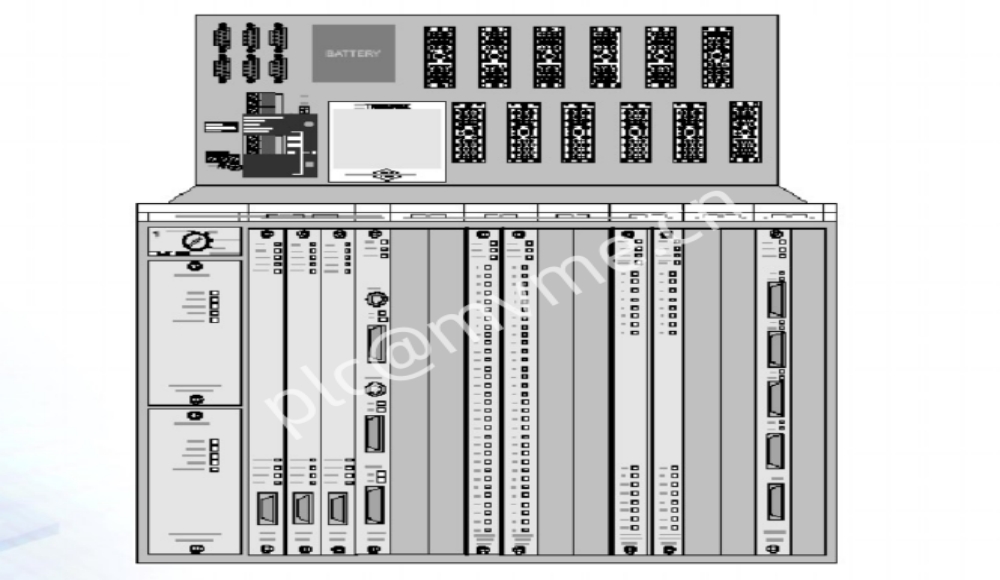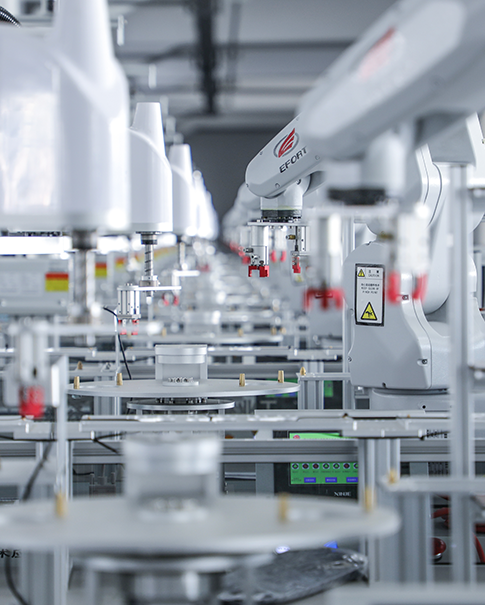Safety Instrumented System (SIS) - Life Guardian in the Industrial Field
December 25,2024
Safety Instrumented System (SIS) - Life Guardian in the Industrial Field
With the continuous development of industrial technology, the complexity of production processes and the diversity of equipment have made industrial safety issues more complicated. Especially in high-risk industries such as chemical, oil, natural gas, and nuclear power, safe production has always been the top priority of enterprises. Against this background, the Safety Instrumented System (SIS) came into being and plays a vital role in modern industry.

What is a Safety Instrumented System (SIS)?
A Safety Instrumented System (SIS) ensures the safety of industrial equipment and workers by monitoring dangerous conditions in the process and taking protective measures when necessary. It is an automated control system designed to reduce the risk of accidents caused by factors such as equipment failure, human error, or changes in the external environment. The core goal of SIS is to prevent catastrophic accidents, especially in processes that may cause significant damage to the environment, equipment, and personnel.
SIS is usually composed of components such as sensors, controllers, and actuators. Sensors are responsible for real-time monitoring of important parameters in the production process, such as temperature, pressure, flow, etc. Once an abnormality is detected, the system will immediately take measures, such as closing valves and stopping equipment operation, to prevent the spread of danger. The controller is the "brain" of the entire system, responsible for decision-making and signal processing. The actuator is a device that converts control signals into actual operations, such as valves and pumps.
The importance of SIS in industrial safety
In many industrial fields, production equipment often operates in dangerous environments such as high temperature, high pressure, flammable and explosive, and any error in any link may lead to catastrophic consequences. For example, accidents such as gas leaks and chemical leaks in the oil and gas industry are often accompanied by large-scale fires, explosions and even casualties. The safety instrument system is designed to prevent these accidents.
Accident prevention: The core goal of SIS is to reduce the possibility of accidents through real-time monitoring and automated emergency response. Under normal operating conditions, SIS will ensure the stable operation of the production process, and once potential dangers arise, SIS will automatically take measures to mitigate or eliminate risks and prevent the situation from deteriorating.
Reduce human errors: In high-risk environments, workers may make human errors due to fatigue, improper operation, etc. SIS can automatically intervene and correct these errors to avoid accidents caused by human factors.
Improve safety and compliance: Many industries have strict regulations and standards for safe production. As an important means of safety assurance, SIS can help enterprises comply with relevant safety regulations and avoid economic losses and legal liabilities caused by safety accidents.
Working principle of SIS
The working principle of safety instrument system is based on the concept of "functional safety", which mainly includes the following aspects:
Real-time monitoring: SIS collects the values of key parameters in the production process in real time through a series of sensors, such as temperature, pressure, flow, etc. The values monitored by the sensor will be sent to the controller for subsequent processing.
Hazard identification: When certain important parameters reach the danger threshold, SIS will immediately identify potential dangers. For example, when the pressure exceeds the set value, SIS will determine the risk of equipment failure or explosion and trigger a safety response.
Automatic response: Once an abnormality is detected, SIS will immediately take preset protection measures, such as shutting down the equipment, starting the emergency exhaust system, and automatically cutting off the power supply to reduce the risk.
Fault self-diagnosis: SIS itself also has a self-monitoring function, which can issue an alarm when the equipment fails or is abnormal, and switch to the backup system in time to ensure the continuous operation of the system.
Safety lifecycle management: The design, installation, operation and maintenance of SIS need to follow strict standards to ensure its safety and reliability. Risk assessment, testing and verification are required at each stage to ensure that the system can operate stably under various conditions.
 Network Supported
Network Supported